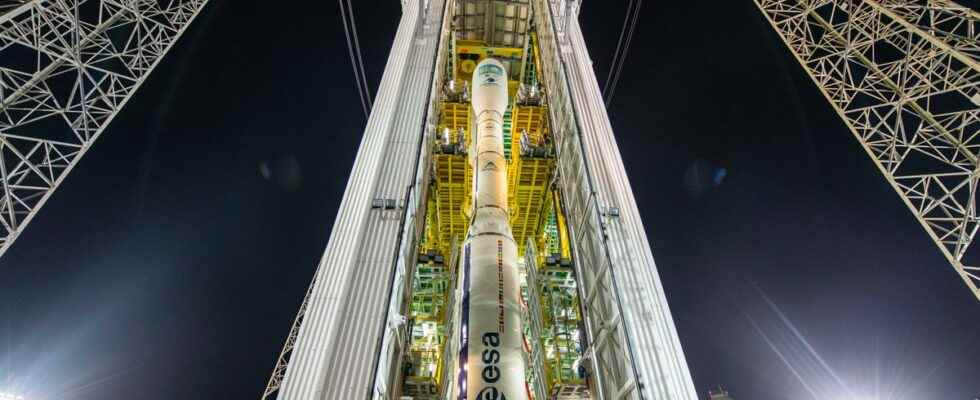For his first commercial mission, Vega C took off on December 21 from Guiana Space Center with two Earth observation satellites Pleiades Neo. Unfortunately, a problem arose during the action of the second stage of the rocket, which did not reach orbit. Launcher and satellites are destroyed.
The European launcher sector did not need that.
A hard night
A week after the very successful take-off of Ariane 5, the teams from the Guiana Space Center set off again on the night of December 20 to 21, this time with the Vega C launcher. A launch which was originally supposed to take place in November, but which had been delayed following a problem with the fairing. This time, everything was ready, the weather was favorable and the final countdown ended at 2:47 a.m. (Paris) for a takeoff due north towards the Atlantic.
The P120C first stage apparently succeeded in its mission perfectly, leaping Vega C from its launch site and accelerating it for two minutes to over 60 kilometers in altitude. Then, the first stage separated and the Z-40 second stage took over. But quickly, the ground crews observed a problem (officially at 2m 27s) and after three minutes of flight, it became clear that the rocket was deviating strongly from the planned trajectory. Due to “underpressure”, the Z-40 was unable to accelerate as planned or take the rocket to space or orbit. The following stages (Z-9 and AVUM+) were condemned with fairing and satellites.
Airbus DS suffers failure
The CEO of Arianespace, operator of this flight (the second for Vega C, but the first commercial flight) made a point of recalling that an investigation was set up, joint between Arianespace, Avio and ESA. But above all he apologized to Airbus Defense & Space, the client who had just lost two engineering gems, Pléiades Neo satellites.
The latter, which were to join the two other Neo units already in orbit, were key elements for the commercial strategy of Airbus DS in the field of “high-end” high-resolution Earth observation. The Pléiades Neo have optics capable of photographing the ground at a native resolution of 30 cm/pixel… They are in great demand around the world, including by the French State, and this loss (even if the satellites are probably insured) will be significant to business strategy.
2023 looks complicated
On the launcher side, Europe continues to sink into the crisis. Ariane 6 is not here (and tests are already delayed), only two copies of Ariane 5 remain, Soyuz is banned from flying and now Vega is under investigation after this failure . A real disaster, because European needs are particularly great in the years to come…
Such a failure will therefore put further pressure on European partners, insurers and customers. However, the reputation of Vega C, in a field under strong pressure from competition from NewSpace which is fast approaching, was already not extraordinary. With three failures in the last eight flights, it will take hard work to restore confidence.
Source : Nasaspaceflight

24